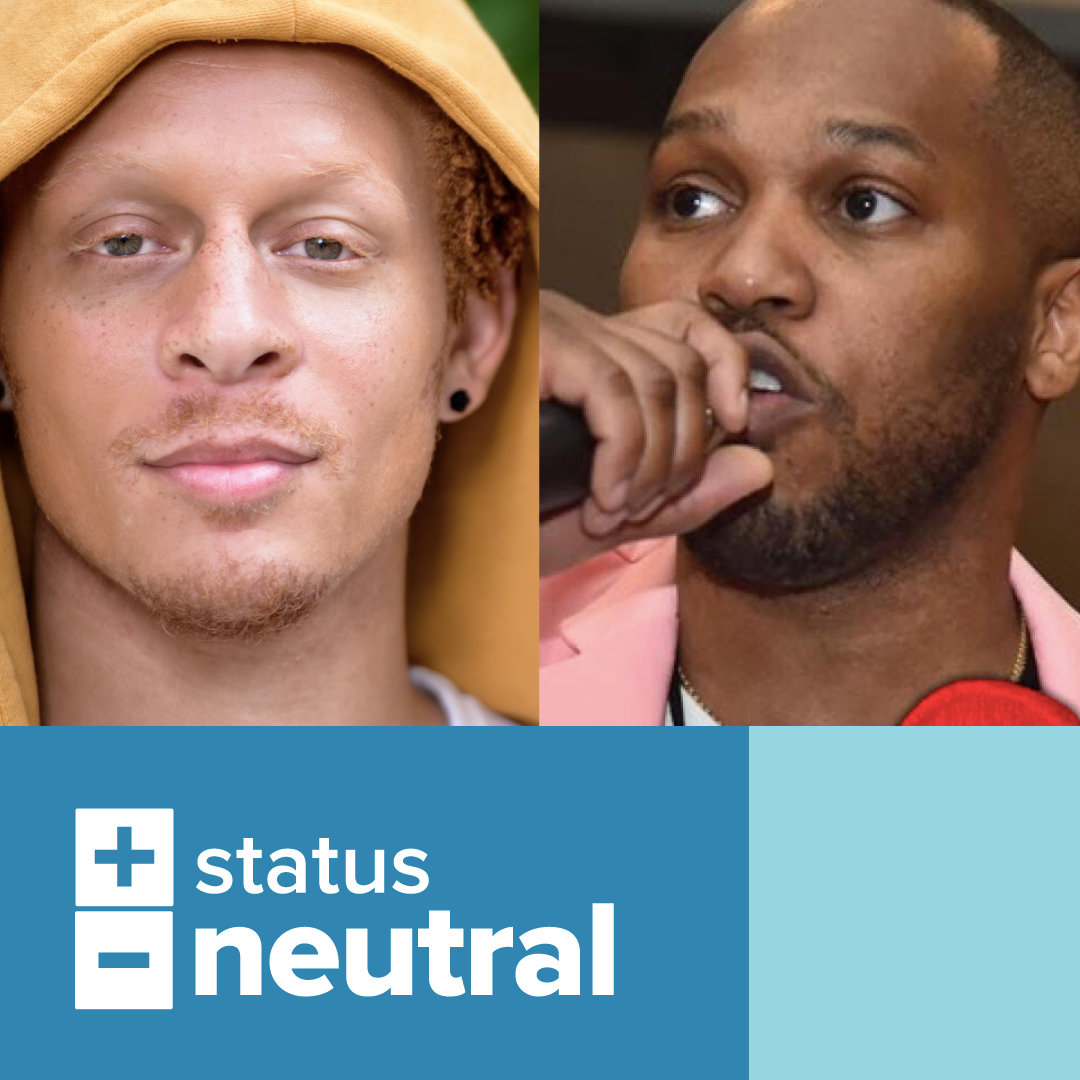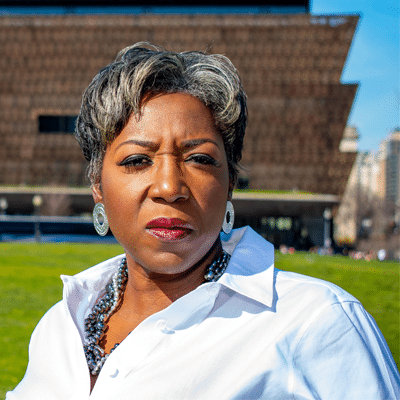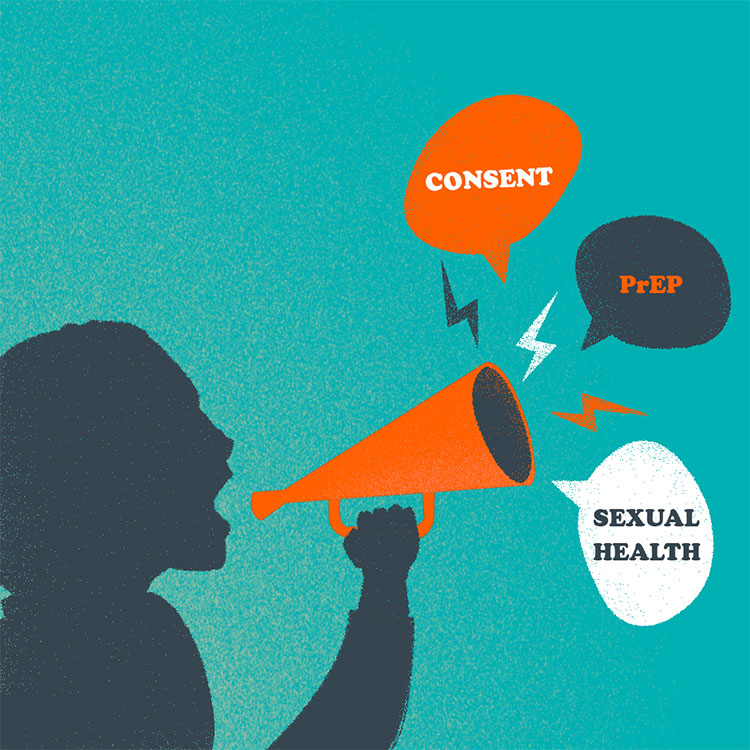Holiday Season 2021 will soon be a fond memory. Companies of all sizes have embraced the season as an opportunity to strengthen their CSR (Corporate Social Responsibility) initiatives dramatically. But come January 2022, many will trim down, or even abandon their CSR efforts.
That is not what an authentic sense of social responsibility is about. A year-round CSR strategy is essential to ensuring that your business maintains effective corporate social responsibility initiatives, which can also support your business growth. Your CSR strategy can be crafted to include your business goals, such as improving employee engagement, increasing investor appeal, and solidifying your brand reputation.
But as customers, employees, and suppliers place increasing importance on CSR, some leaders have started to look at it as a creative opportunity to fundamentally strengthen their businesses while contributing to society at the same time. They view CSR as central to their overall strategies, helping them to creatively address key business issues.
For example, B Noble Inc. and Curaleaf Holdings, Inc. , a leading international provider of consumer products in cannabis, recently completed a national launch of a pre-rolled cannabis product called B Noble. Bernard Noble and Fab 5 Freddy partnered with Curaleaf to launch the B Noble brand in support of a shared commitment to the advancement of social equity in cannabis. The initiative provides an opportunity for those directly impacted by the war on drugs.
B Noble was founded by well-known visual artist, filmmaker and hip-hop pioneer, Fab 5 Freddy, to raise awareness and create funding to defend people from cannabis-related criminalization. The brand is dedicated to telling the story of namesake Bernard Noble, who was arrested in Louisiana and sentenced to 13 years of hard labor in prison for possessing the equivalent of two joints. In 2017, Bernard’s case began to draw attention across the country, and he quickly became a national symbol for the need to reform the country’s unjust drug laws, sparking advocacy and a movement to free him. As a result, Bernard was released seven years into his sentence.
To call attention to Bernard’s harsh sentence, the B Noble brand partnered with Curaleaf to release two-packs of high-quality one-gram pre-rolls, symbolizing the two grams of cannabis for which Bernard was arrested.
Ten percent of proceeds from the sale of each B Noble product will be donated to local organizations dedicated to advancing social equity and providing opportunities to those directly impacted by the War on Drugs in dispensaries in Arizona, Colorado, Maryland, Minnesota, Nevada, and Oregon.
This partnership with B Noble is Curaleaf’s first large-scale brand venture in alignment with its dedicated social equity work, as a part of its Rooted in Good corporate social responsibility program. Led by Vice President of Corporate Social Responsibility Khadijah Tribble, Rooted in Good delivers social impact by focusing efforts within three key pillars: Diversity, Equity, and Inclusion; Social Equity; and Sustainability, ultimately achieving key goals through the company’s strategic social partnerships.
There are four types of CSR categories, and a CSR strategy helps you define which one is best for your business, ways in which you can implement it, and how to track the results of your efforts:
- Philanthropic responsibility
- Environmental responsibility
- Ethical responsibility
- Economic responsibility
A good CSR strategy builds a business case around how your chosen areas of CSR can integrate into your business growth plan, and makes sure that your initiative stays on track.
Here are the three main takeaways of a good CSR strategy:
Concentrate your CSR efforts. The greatest opportunities will come from areas where the business significantly interacts with society. These are areas where the business not only can gain a deeper understanding of the mutual dependencies and the where the highest potential for mutual benefit exists.
Build a deep understanding of the benefits. The key is finding symmetry between the two sides and being open enough to understand issues both from a business and a societal perspective.
Find the right partners. Relationships, particularly long-term ones that are built on a realistic understanding of the true strengths on both sides, have a greater opportunity of being successful and sustainable.
If you’re interested in developing a custom and impactful Corporate Social Responsibility strategy for your business or organization, please contact our team!








